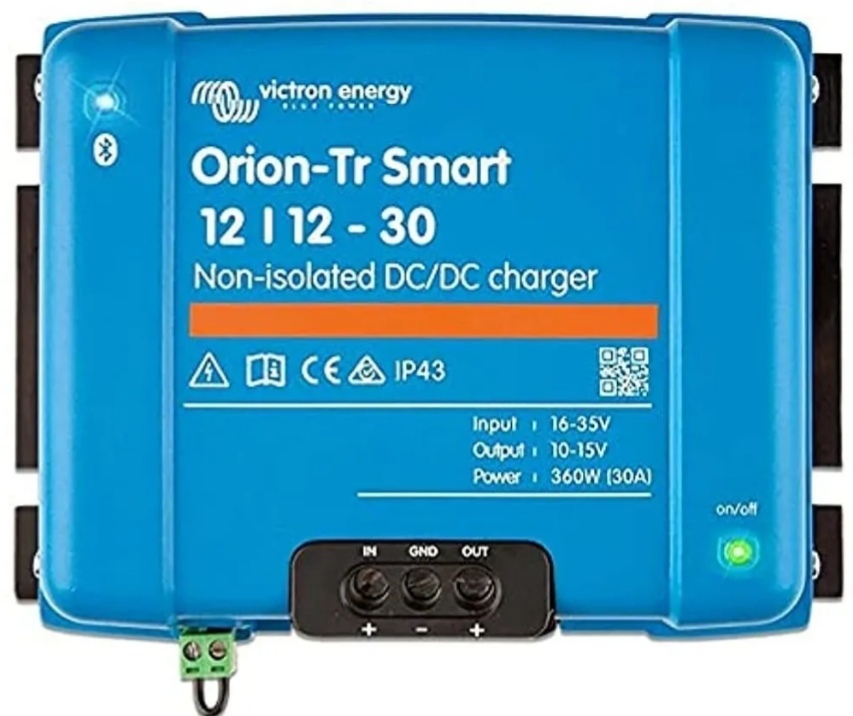I have an idea for a custom alternator project , I was wondering if it’s possible to build in Ve.direct to allow it to fit into the Victron eco system.
It could emulate a battery charger style device from the Ve viewpoint ( or even a solar controller. )
Are there technical or legal issues involved. I understand the VE direct protocol isn’t patented so it can be utilised.
This is not a commercial initiative.

